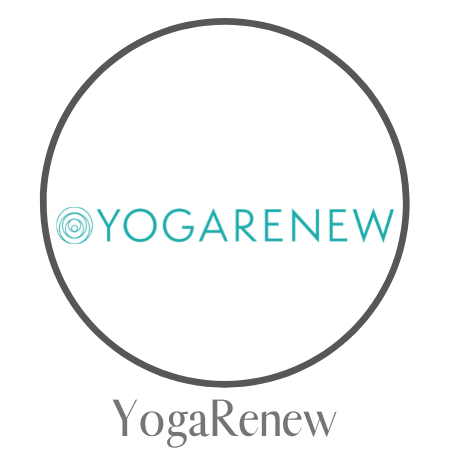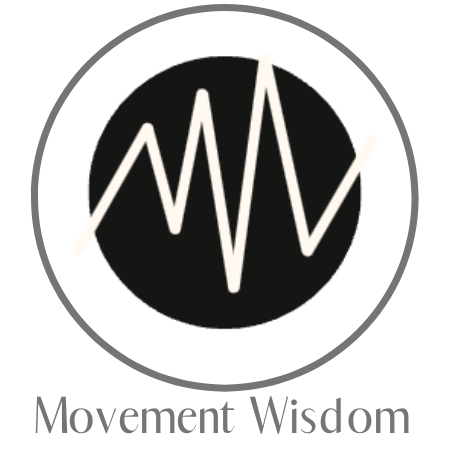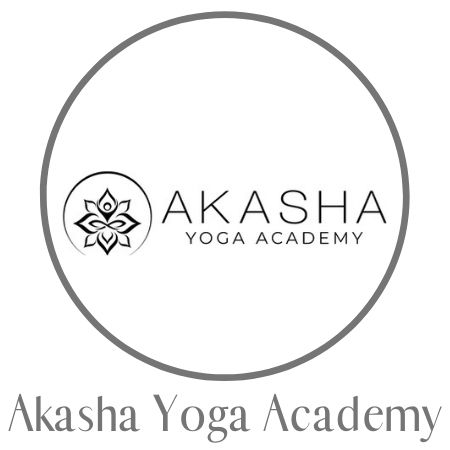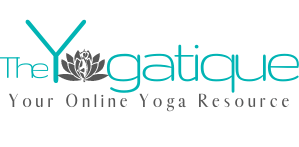If you're preparing for your first 200-hour yoga teacher training, one of your burning questions is likely, “How much will I practice yoga in yoga teacher training?” The answer? A lot!
There are no strict guidelines designated by Yoga Alliance on how much asana practice RYSs (Registered Yoga Schools) must include or what postures to teach in YTT. However, the training must include 100 hours of ‘Techniques, Training and Practice,’ which covers all yoga techniques, including pranayamas, asanas, mantra, kriyas, and meditation.
That being said, you will find most yoga teacher training courses include 3-4 hours of asana practice each day. In addition, there are usually “asana labs” that break down the alignment, modifications, and variations for individual poses.
You may think that a 200-hour yoga teacher training doesn't have enough time to cover all the yoga poses. But I was amazed by how much we studied in depth in such a short time.
This article explores some of the asanas you'll learn how to teach during your upcoming yoga teacher training.
Article content:
(Click any link below to jump directly to section)
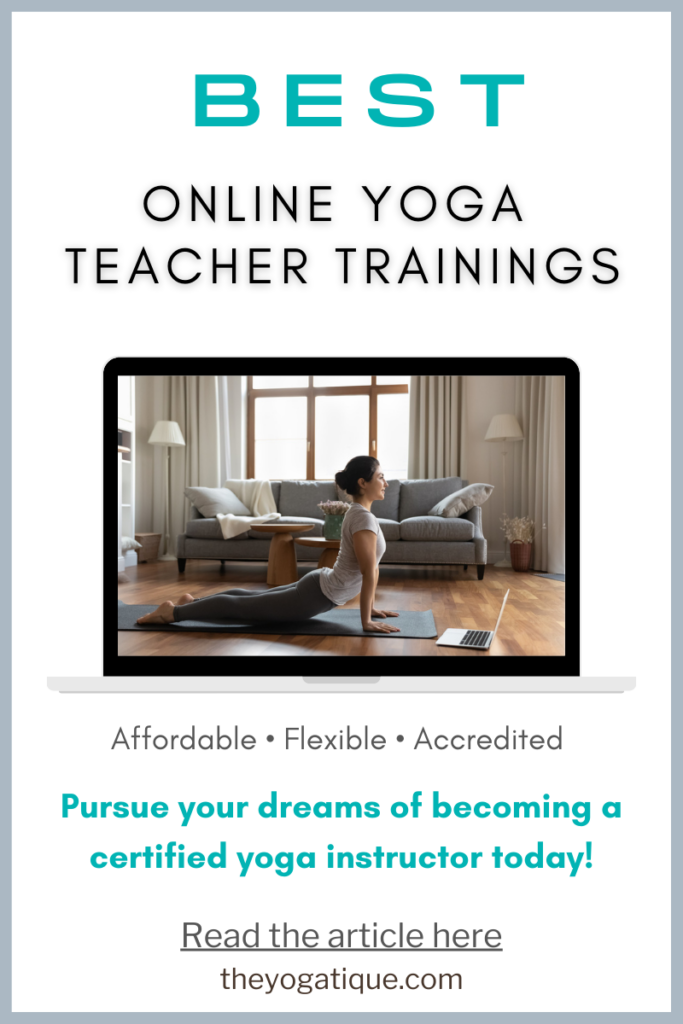
IS YOGA TEACHER TRAINING ON YOUR RADAR?
Online Yoga Teacher Training Offers
- Affordability
- Flexibility
- Certification
- Lifetime access
⬇Click below to discover the best Yoga Alliance registered online yoga certifications to join now ⬇
The yoga poses you'll learn in yoga teacher training
Yoga teacher training immerses trainees in the study of a diverse array of yoga poses, each designed to cultivate strength, flexibility, balance, and mindfulness.
This comprehensive exploration of postures goes beyond simply performing the poses. It covers anatomy, alignment principles, and therapeutic benefits of each posture.
It is in this part of YTT that you'll learn to adapt and modify poses to accommodate different body types and skill levels, ensuring a safe and inclusive practice for all students. The asana portion of your YTT will be broken into the following sections:
- Foundational poses
- Standing poses
- Backbends
- Core focused poses
- Arm balances
- Inversions
- Seated yoga poses
- Reclined (cool down poses)
Foundational poses
In yoga teacher training, mastering the foundational yoga poses is a crucial step of becoming a proficient and confident instructor. Foundational poses are beginner-level asanas you encounter in every class.
These asanas form the building blocks of a comprehensive yoga practice, providing the essential alignment, strength, and flexibility needed to move on to more advanced postures. In this section of yoga teacher training, you'll study a core set of foundational poses, including:
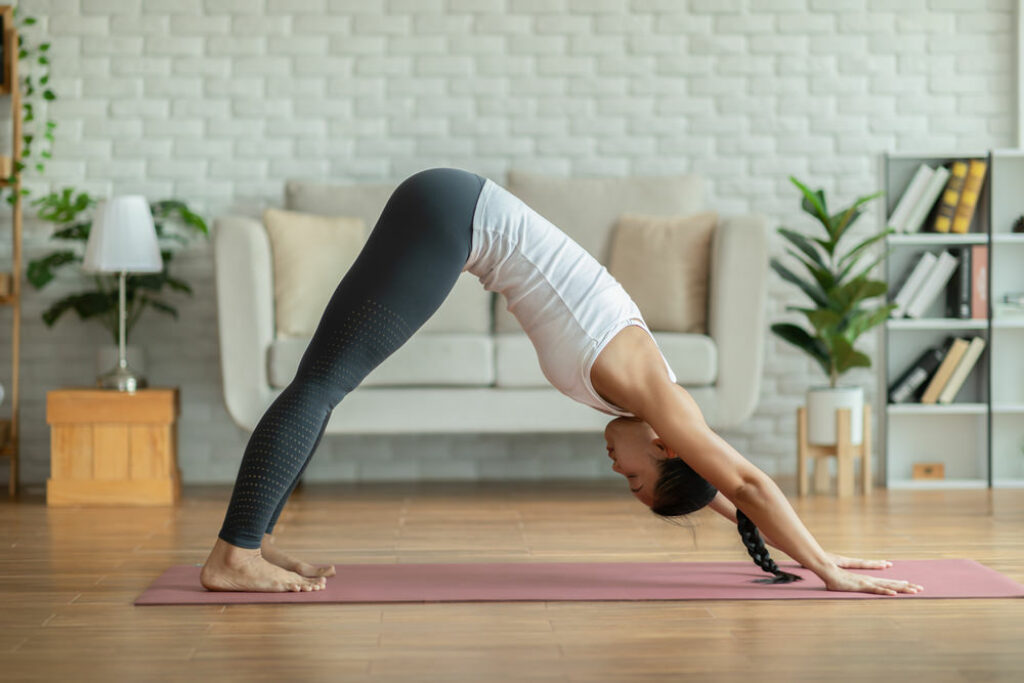
- Downward Facing Dog – This classic asana gives a juicy full-body stretch and is often included in the warm-up, as a transition pose in standing sequences, and as a resting pose.
- Mountain Pose (Tadasana) – You will find this pose at the beginning of the sun salutations and standing sequences. It is a wonderful pose for teaching your students how to find a neutral spine and pelvis and how to distribute weight evenly between the feet.
- Sun Salutation – Expect to spend at least a few lessons mastering this common sequence. There are three variations of the sun salutations (two from the Ashtanga lineage and one from Hatha yoga). If you are doing a Vinyasa Hatha yoga teacher training, you will likely learn all three.
- Cat/Cow pose – This gentle warm-up pose alternates between spinal flexion and extension. It warms up the back, torso, and chest muscles to prepare for deeper backbends and forward folds.
- Child's Pose – This classic resting pose is often practiced after challenging asanas and sequences. It is also a fab counter pose for backbends, bringing the spine into a slightly flexed position.
- Savasana – Of course, no yoga class, no matter the style, is complete without the final resting pose. My teachers taught me that savasana should take up 5-10% of the class time, so if you're conducting a 60-min class, schedule 3-6 minutes for this final asana.
Standing yoga poses
Standing poses comprise a large part of any dynamic yoga class, including Hatha and Vinyasa, so expect to learn a fair few of these! You'll learn that standing poses have many great benefits, including:
- Strengthening the foot and leg muscles
- Strengthening the ankle and knee joints
- Improving balance and posture
- Improving core stability
The standing poses taught in yoga teacher training are typically split into three categories:
- Neutral
- External rotation
- Revolved
Neutral standing yoga poses
In neutral standing asanas, the hips face forwards, and the pelvis rotates toward the front foot. The front toes face forwards, and the back toes are either out to a 45-degree angle with the heel on the mat (like in Warrior 1) or the toes point forwards with the heel lifted (like in high lunge). Neutral standing poses include:
- Warrior 1
- Low Crescent Lunge
- High Crescent Lunge
- Warrior 3
- Pyramid Pose
- Chair Pose
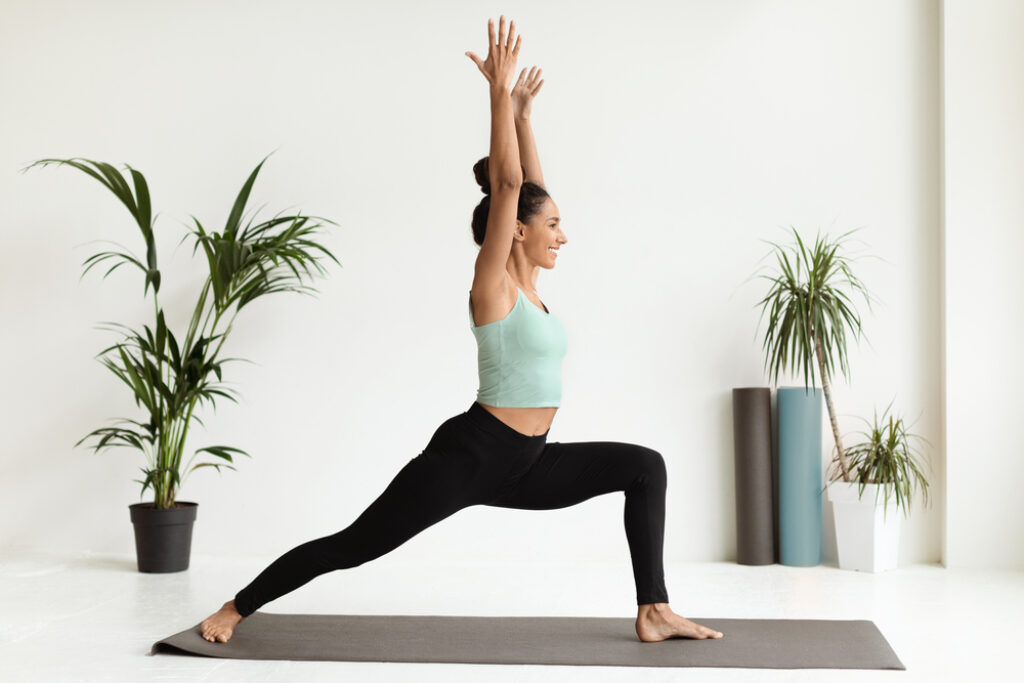
External rotation yoga poses
Externally-rotated standing poses are those where the hips are open to the side (in abduction). In these asanas, the pelvis turns away from the front thigh, stretching the inner thighs and outer hip muscles. The front toes point forwards, while the back toes point at a 90-degree angle, facing the side of the mat. Externally-rotated standing poses include:
- Warrior 2
- Reverse Warrior
- Side Angle Pose
- Triangle Pose
- Half Moon Pose
- Tree Pose
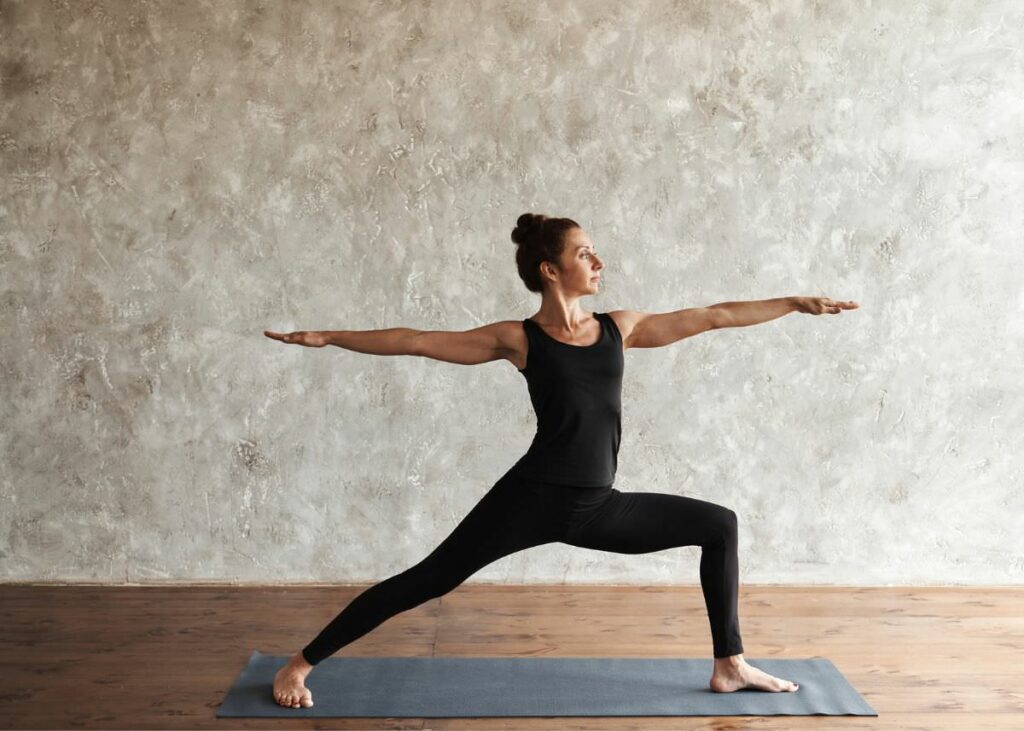
Revolved standing yoga poses
Revolved standing poses twist the spine towards the front leg in a closed twist. This position brings the hips into adduction, which tones the glute muscles, while the twist in the spine tones the core muscles.
Revolved poses require the body to be warm, so they are typically placed toward the end of the standing sequence after a series of neutral and external rotation poses. Revolved standing poses include:
- Revolved Triangle Pose
- Revolved Side Angle Pose
- Revolved Half-Moon Pose
- Revolved Chair Pose
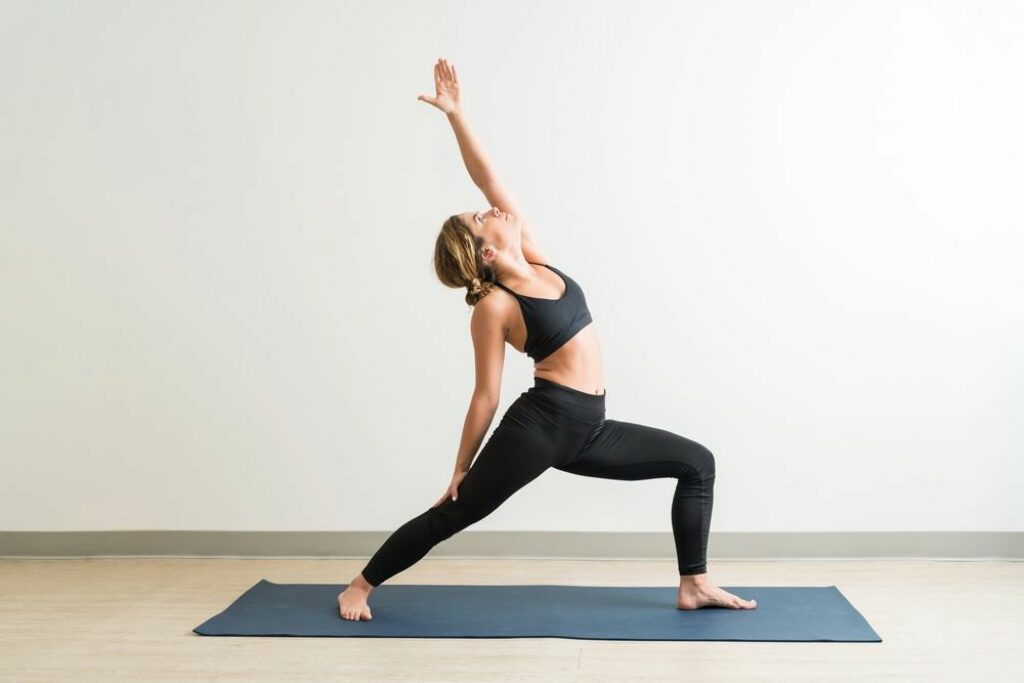
⬇Yoga Alliance registered yoga teacher trainings you should look into⬇
Backbends
Yoga has a wide range of backbends. Some are practiced in standing, while others are kneeling, prone, or reclined. Backbends stretch the front of the body (chest and torso) while strengthening the back. They help improve spinal flexibility and posture and can ease back pain. Some of the most common back-bending poses you will learn in your yoga teacher training are:
- Dancer's Pose
- Camel Pose
- Locust Pose
- Bow Pose
- Bridge Pose
- Wheel Pose
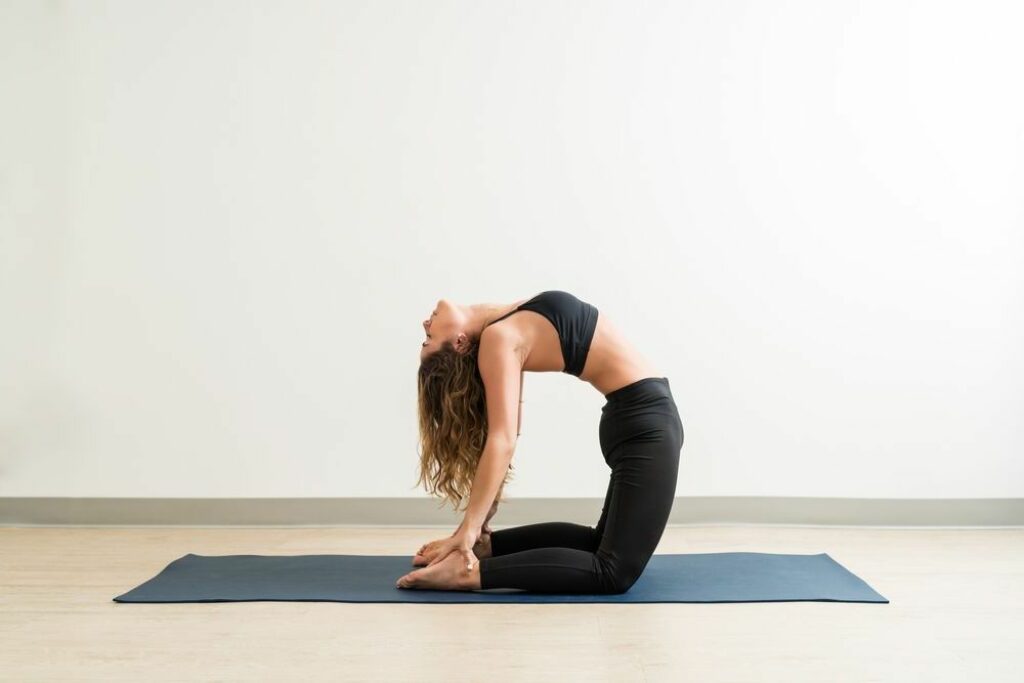
Core-focused poses
Strengthening the core is an integral part of yoga practice as it improves posture, balance, and spinal health. Thus, core-focused asanas can help you in other pose categories like balances and backbends. The primary core-focused poses you will learn in your yoga teacher training are:
- Boat Pose
- Plank Pose
- Side Plank
- Forearm Plank
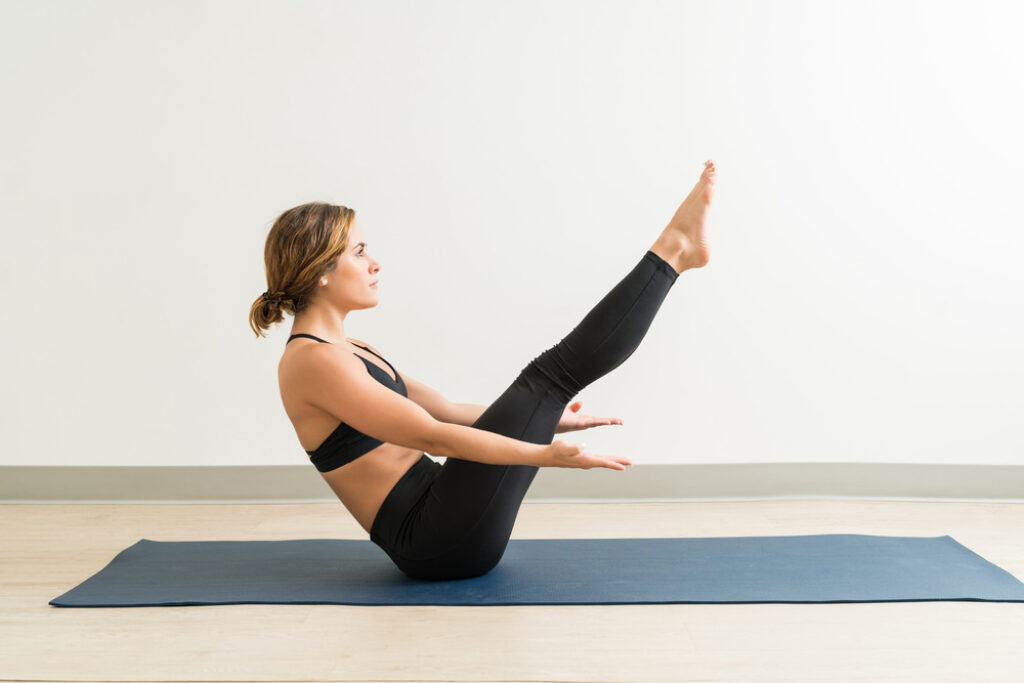
Arm balances
Arm balancing poses are challenging, strengthening, and energizing. As yoga teacher training prepares you to teach to all levels, you will learn a few introductory arm balances in your 200-hour course, such as:
- Crow Pose
- Side Crow
You typically won't learn the more advanced arm balances like Firefly or Grasshopper in a 200-hour YTT. These are poses you will likely discover in an advanced 300-hour course.
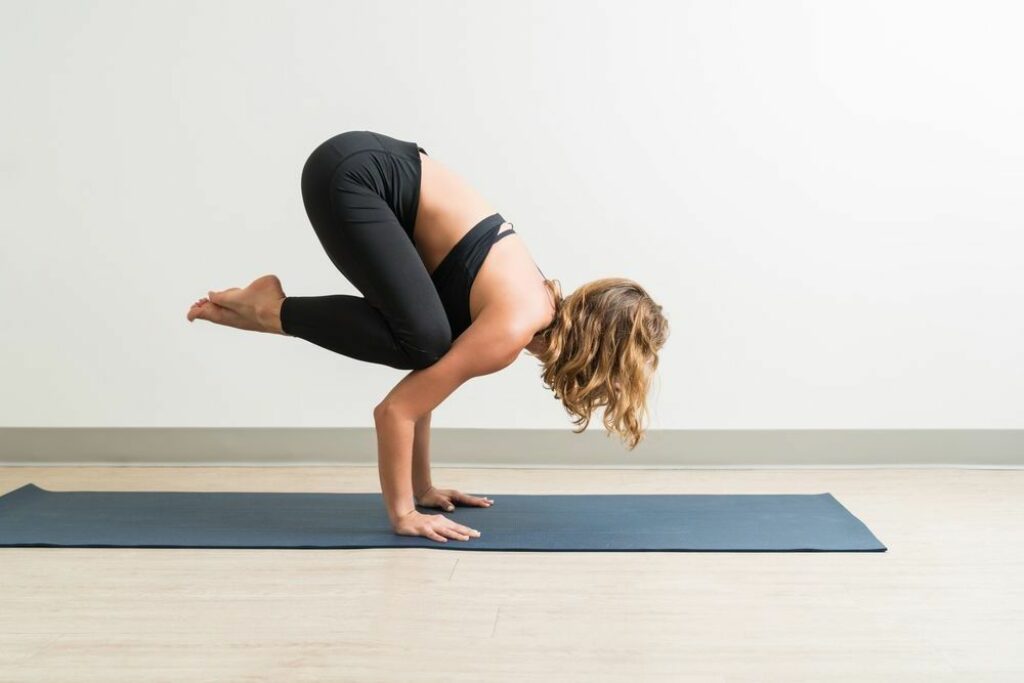
Inversions
In an inversion, the heart is above the head, so this doesn't necessarily involve turning the body upside down (downward dog is classed as an inversion). Inverted yoga poses are fantastic for improving blood circulation, calming the mind, and boosting brain health. 200-hour yoga teacher training programs include the most common inversions in their curriculum, such as:
- Dolphin Pose
- Shoulderstand
- Headstand
- Handstand
Don't expect to study advanced inversions like Forearm Stand or Scorpion Pose in your 200-hour course. These are typically found in advanced teacher trainings.
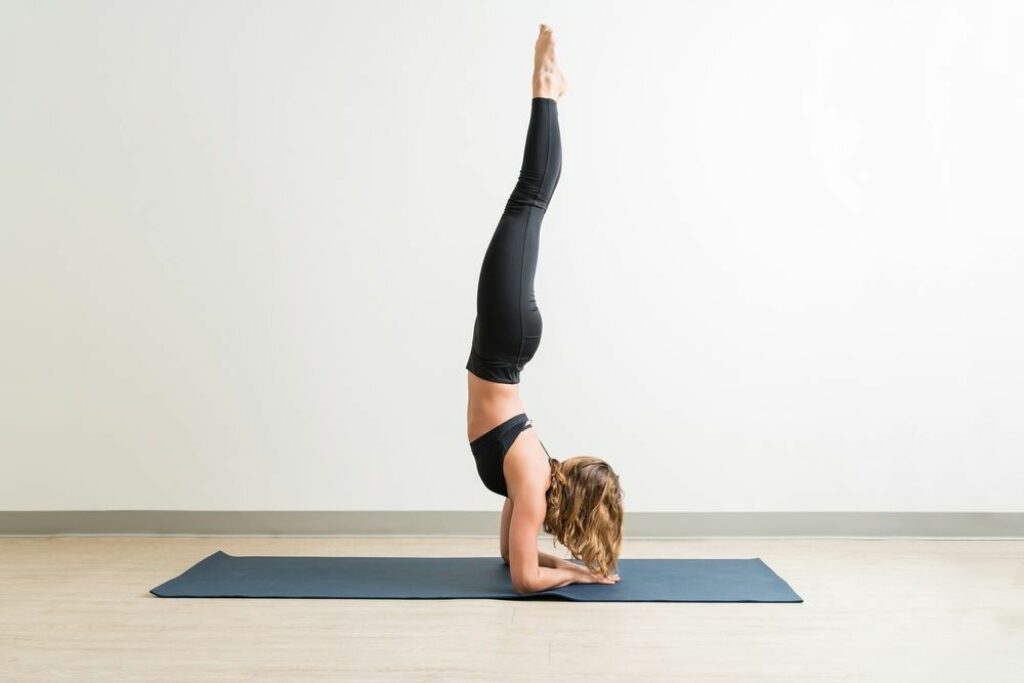
Seated yoga poses
Seated postures can be used in the warm-up part of a class or toward the end. In your YTT, you will learn how to structure a seated sequence targeting all four spinal movements; flexion (forward folding), extension (back bending), rotation (twisting), and lateral flexion (side bending). Seated yoga poses include:
- Butterfly pose/ Bound-angle pose
- Seated forward fold (Paschimottanasana)
- Head-to-knee pose – Janu Sirasana
- Revolved head-to-knee pose
- Half lord of the Fishes (Ardha Matsyendrasana)
- Cow face pose
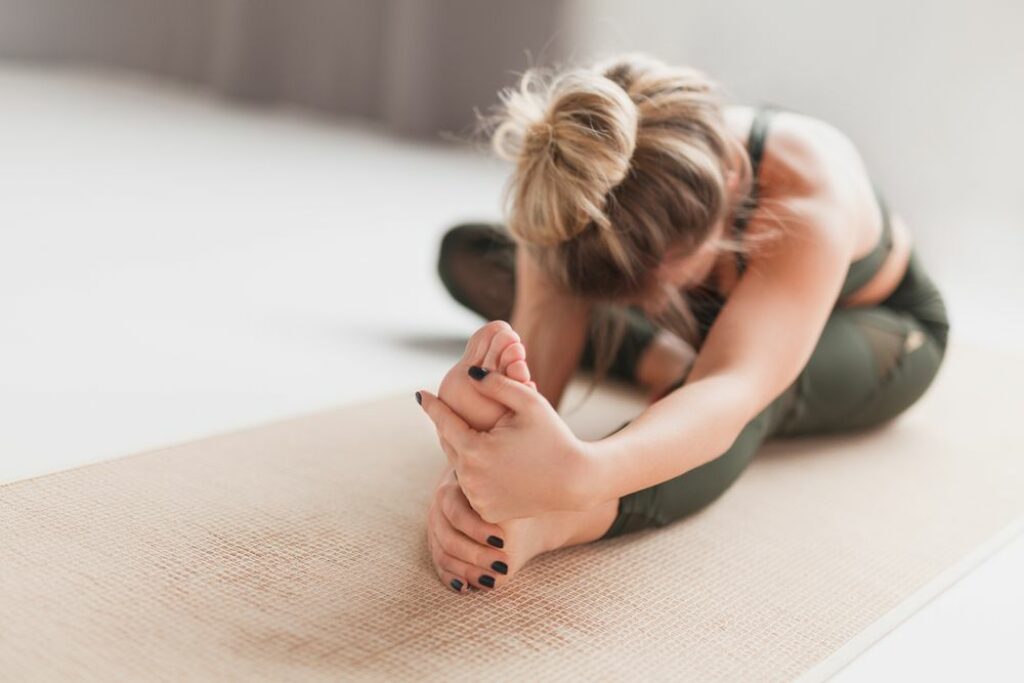
Reclined (cool down) poses
Finally, you will learn how to effectively cool the body down and transition your students into savasana. After a seated sequence, you can include a few reclined poses as final, gentle stretches, letting the mind know that it is time to rest and integrate the benefits of the practice. Reclined yoga poses include:
- Supine twist
- Legs up the wall
- Reclined bound-angle pose
- Reclined big-toe pose
- Happy baby pose
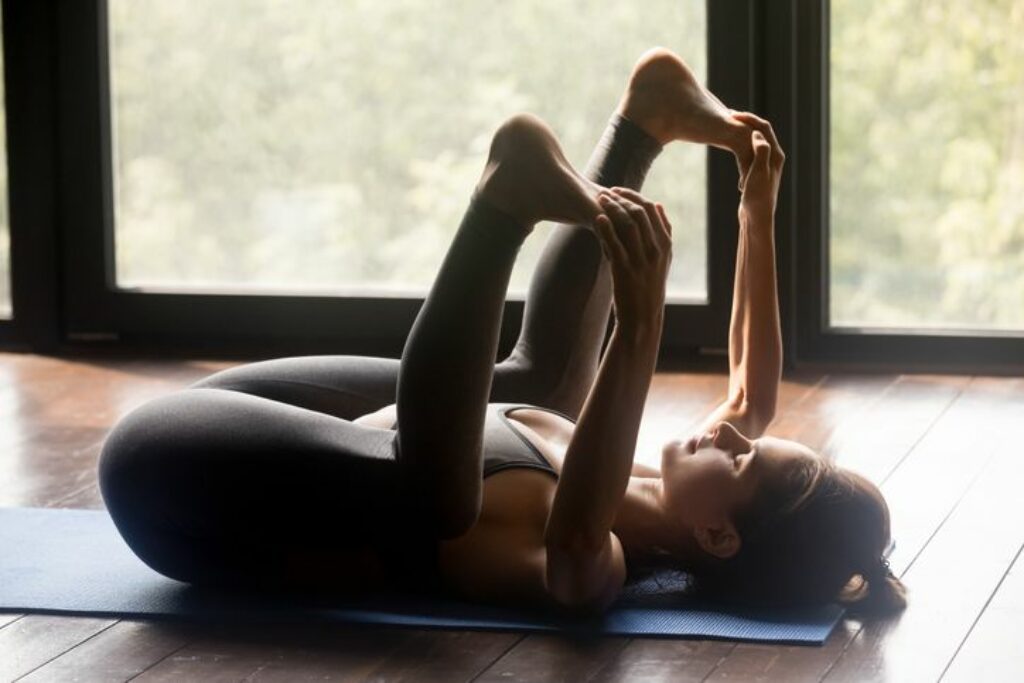
Takeaway on the yoga pose section of yoga teacher training
As you can see, there are many asanas to cover during your yoga teacher training. But don't let this overwhelm you. As a regular practitioner, you already have a good understanding of many of these poses.
Your yoga teacher training course serves as a container to perfect your alignment and learn how to give cues and adjustments, so your students can master them too. Just be sure to have a pen and notebook handy, as there will be many notes to take!
Discover the Philosophy portion of YTT next.
FAQ about yoga teacher training
How do you train to be a yoga teacher?
You train to become a yoga teacher by taking a 200-hour yoga teacher training course. This training covers many aspects of yoga, including the movement, spiritual, and ethical aspects of a yoga practice.
Why is yoga certification so expensive?
Yoga teacher training doesn't have to be expensive if you choose an online yoga teacher training program.
Some online yoga studios, online yoga teacher training programs, and brands that we write about may offer us a small commission should you decide to make a purchase or signup after reading our content. Thank you for enabling us to exist!


